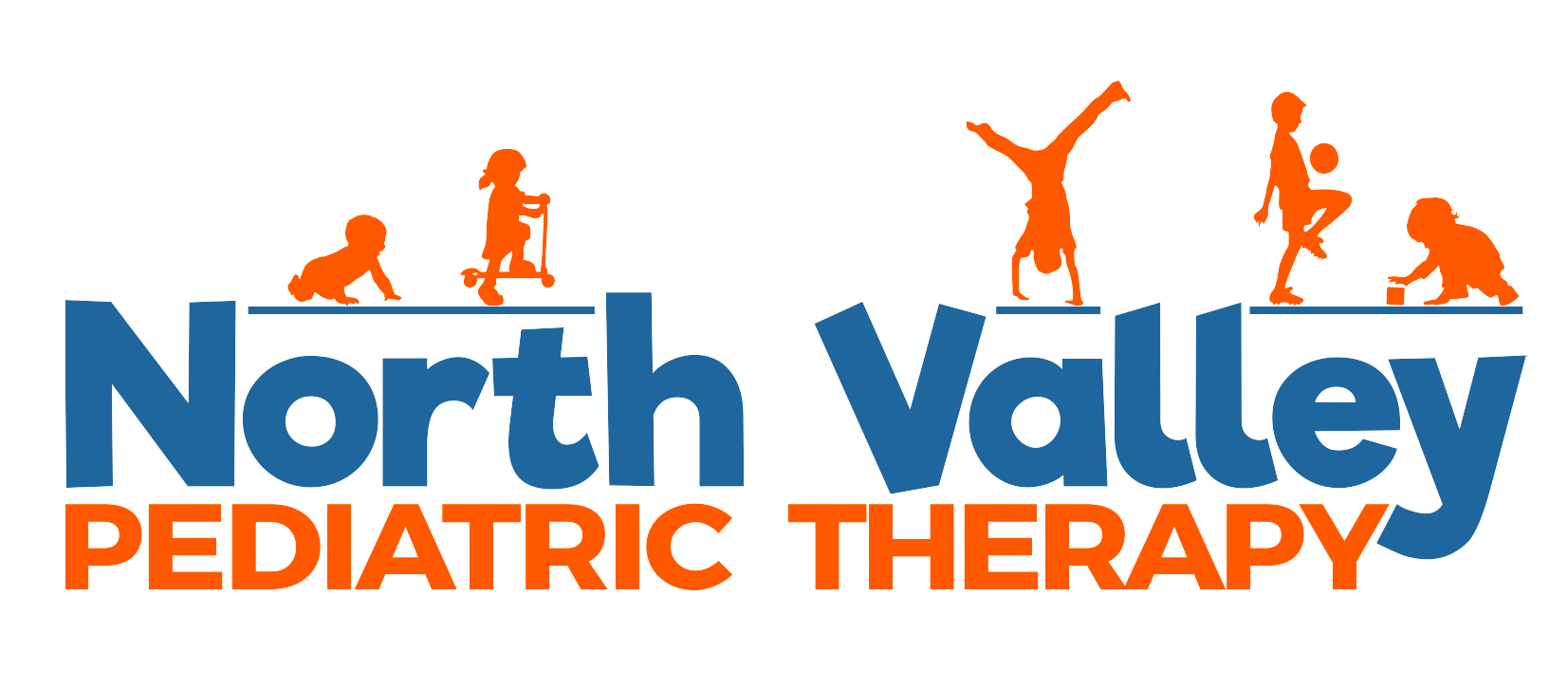Burning Questions Answered
As a speech-language pathologist, one of my biggest areas of focus is functional communication. It is not surprising for my families or colleagues to see my evaluations with goals targeting the use of Picture Exchange Communication System (PECS). The use of Augmentative and Alternative Communication (AAC) is beneficial not only for the individual using the device or PECS book, but for family members who now have a way of communicating functionally with their loved one.
I am very passionate about the use of PECS as a means of promoting functional communication, particularly with the pediatric population. The use of pictures is highly universal. Children who lack verbal output typically demonstrate with increased levels of frustration, as they are unable to communicate effectively with their family members, teachers, and friends. With that you often observe challenging behaviors. How are these children getting their needs met? By pointing? Gesturing? These types of non-verbal communication attempts are not functional and often leave parents wondering how they can better meet the needs of their children.
When we think “non-verbal”, Autism Spectrum Disorder often comes to mind. However, children with severe Childhood Apraxia of Speech (CAS) also rely heavily on alternative means of communication, such as gestures, American Sign Language, and drawing. PECS or the use of another AAC device (e.g. TouchChat, Proloquo2Go, etc.) can be extremely advantageous with this population as well. Some children have difficulty producing longer utterances. In my experience, the use of PECS has aided in the expansion of my clients’ Mean Length Utterance and allows for the learner to produce longer phrases/sentences with a decreased amount of verbal cueing.
The myth which states “AAC is a ‘last resort’ in speech-language intervention,” is erroneous. This type of intervention is meant to supplement a client’s communication abilities. It is imperative that we supplement our children’s communicative attempts early on. AAC should be introduced before communication failure occurs.
Despite a common fear that both parents and even other practitioners share, AAC does not hinder or stop further speech development. This fear simply is not supported by the available empirical data. The literature, in fact, suggests the exact opposite. The use of PECS or other means of AAC may even enhance the development of spoken communication, which should absolutely be addressed simultaneously in an intervention.
Another common question parents ask regarding the use of PECS is whether or not their child has to be a certain age to be able to benefit from AAC. Current research not only supports the use of AAC with our youth, but clearly documents the efficacy of communication services and supports provided to infants, toddlers, and preschoolers with a variety of severe disabilities.
When you think of PECS or AAC, you can think of these approaches as effective tools, which promote functional communication across settings with a variety of communicative partners. Waiting for a child to develop more verbal language before committing to the use of AAC can only impede language development.

By: Lisette Michaels, M.S., CCC-SLP
North Valley Pediatric Therapy




